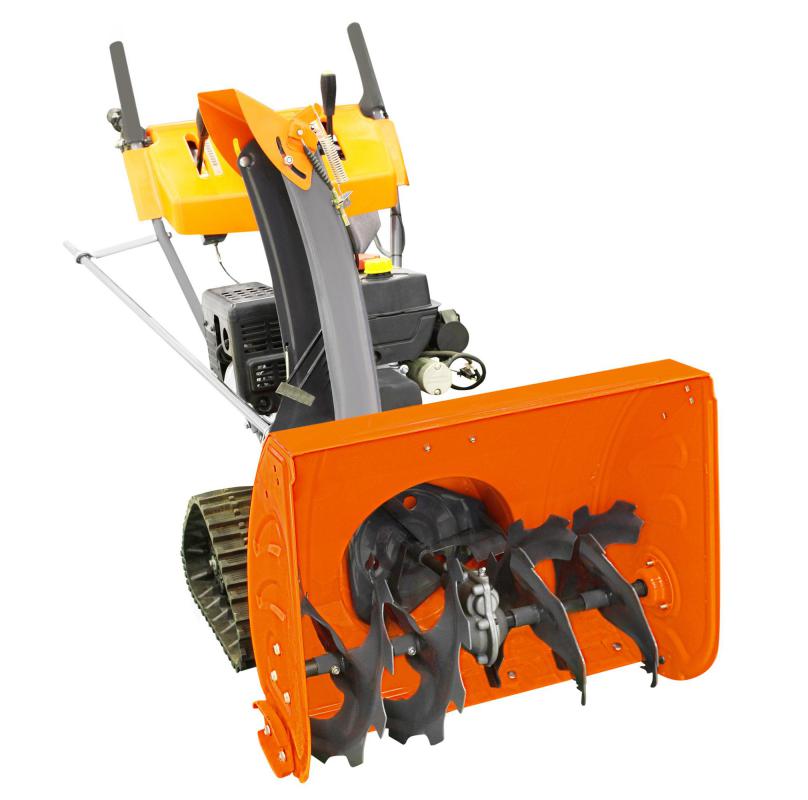At HomeQuestionsAnswered, we're committed to delivering accurate, trustworthy information. Our expert-authored content is rigorously fact-checked and sourced from credible authorities. Discover how we uphold the highest standards in providing you with reliable knowledge.
What Is a Tiller Transmission?
A tiller transmission is a gear box that provides a rototiller with different speeds, as well as forward and reverse motion capabilities. Commonly offering two or three forward speeds along with one or two reverse speeds, a tiller transmission allows the user to power through very hard earth by slowing the forward motion of the tiller and providing multiple tine contact in a minimal area. The fastest speed provided by the tiller transmission is usually used for transporting the tiller to and from a garden area. In some tiller designs, the transmission is nothing more than a series of pulleys and a rubber belt.
One of the most important features of the tiller transmission is the neutral position. This feature allows the operator to stop the forward motion of the machine and provides the opportunity for the tiller to continually chop up a very hard piece of ground while standing still. The tiller tines, or the part of the tiller that chops through the earth, is typically not affected by the tiller transmission. The tines are commonly operated off of a direct drive gear box that is engaged separately from the transmission. The operator commonly applies power to the tines by compressing a hand lever to engage the tine drive system.

In some tiller designs, changing the gear in a tiller transmission involves moving a drive belt from one pulley to another. The pulleys provide different drive ratios and function as a transmission when the ratios are changed. Some of the more advanced versions of the transmission are actually a hydrostatic drive system and function very similar to an automatic transmission with shift-on-the-fly capabilities. Many of the earliest versions of the transmission were gear-drive units that were not capable of changing gears without first coming to a complete stop.
The gear-driven transmissions typically use a shear pin to protect the transmission from potential damage due to contact with a large rock or other object that could stop the tines from turning completely. The advantage of a belt-drive system is that the belt is able to slip instead of damaging the drive system. This feature contributes to the belt-drive transmission being used on rear-mounted, tractor-powered tiller models. The main drive on this type of tiller is commonly a drive shaft leading from the tractor's power take off unit, connecting to a belt-drive system. The tiller transmission in this type of machine can benefit from the application of new belts at the beginning of each gardening season.
AS FEATURED ON:
AS FEATURED ON:











Discuss this Article
Post your comments